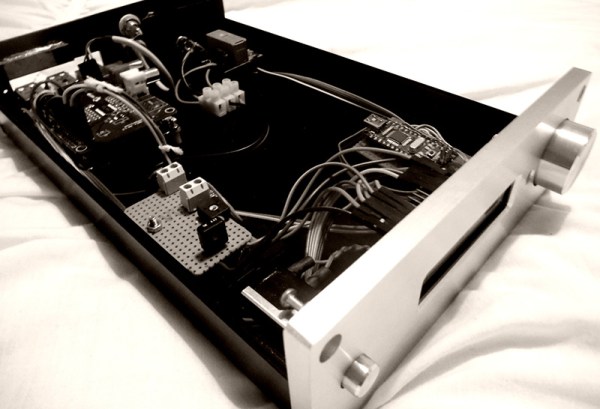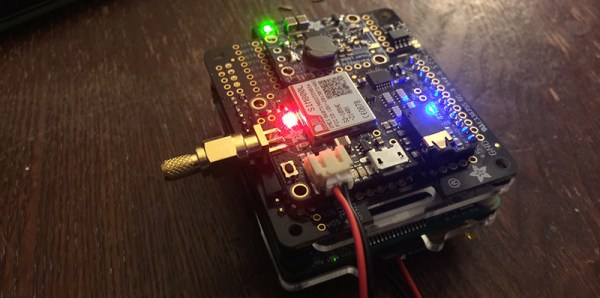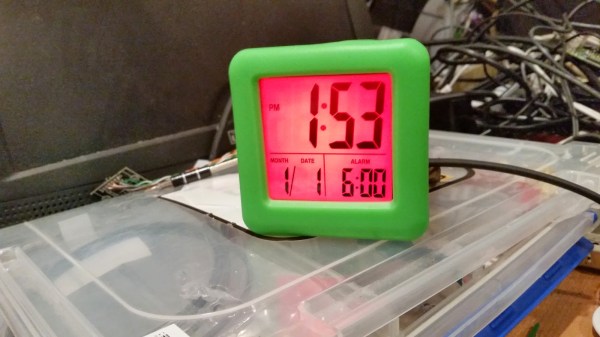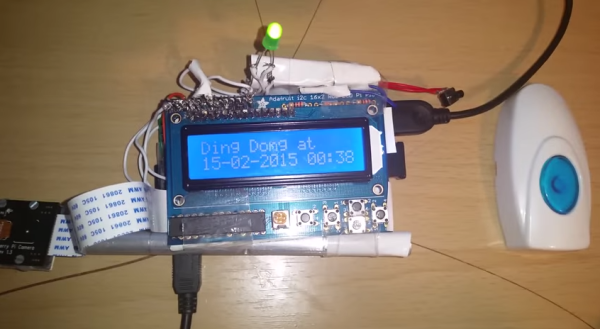For the last 15 years or so, software synths have slowly yet surely replaced those beatboxes, drum machines, and true synthesizers. It’s a loss for old hardware aficionados, but at least everyone with a MacBook is now a musician, amiright?
The Raspberry Pi and Pi2 already have more processing power than a desktop from ’99, so it’s no surprise that all of those classic synths, from a Moog. Yamaha DX, Casio CZ, Linn drum machine, Fairlight, and a mellotron, can all be stuffed into a Pi thanks to the work of [Phil Atkin] and his Raspberry Pi synthesizer.
[Phil]’s efforts to bring audio synthesis to the Pi fall under three techniques: subtractive synthesis, phase distortion synthesis, and sample-based synthesis, something that’s found in everything from Akai MPCs, MacBooks, and that one episode of The Cosby Show. [Phil] is combining all of these techniques into a piece of software that’s capable of running seamlessly on the Pi, giving anyone with a $35 computer a tool that would have been worth several thousand dollars in 1985.
The project is pretty far along, but the recent release of the Raspberry Pi 2 has thrown [Phil] for a loop. On one hand, the Pi 2 is much more capable than the original Pi in terms of hardware, and this lends itself to more sounds and a better GUI. On the other hand, there are millions of original Pi 1s out there that still make for exceptional synthesizers. Either way, [Phil]’s work is a great example of how far you can push the Pi with audio work.
Thanks [Wybren] for the tip. Videos below.
Continue reading “Piana – Musical Synthesis For The Raspberry Pi” →

















